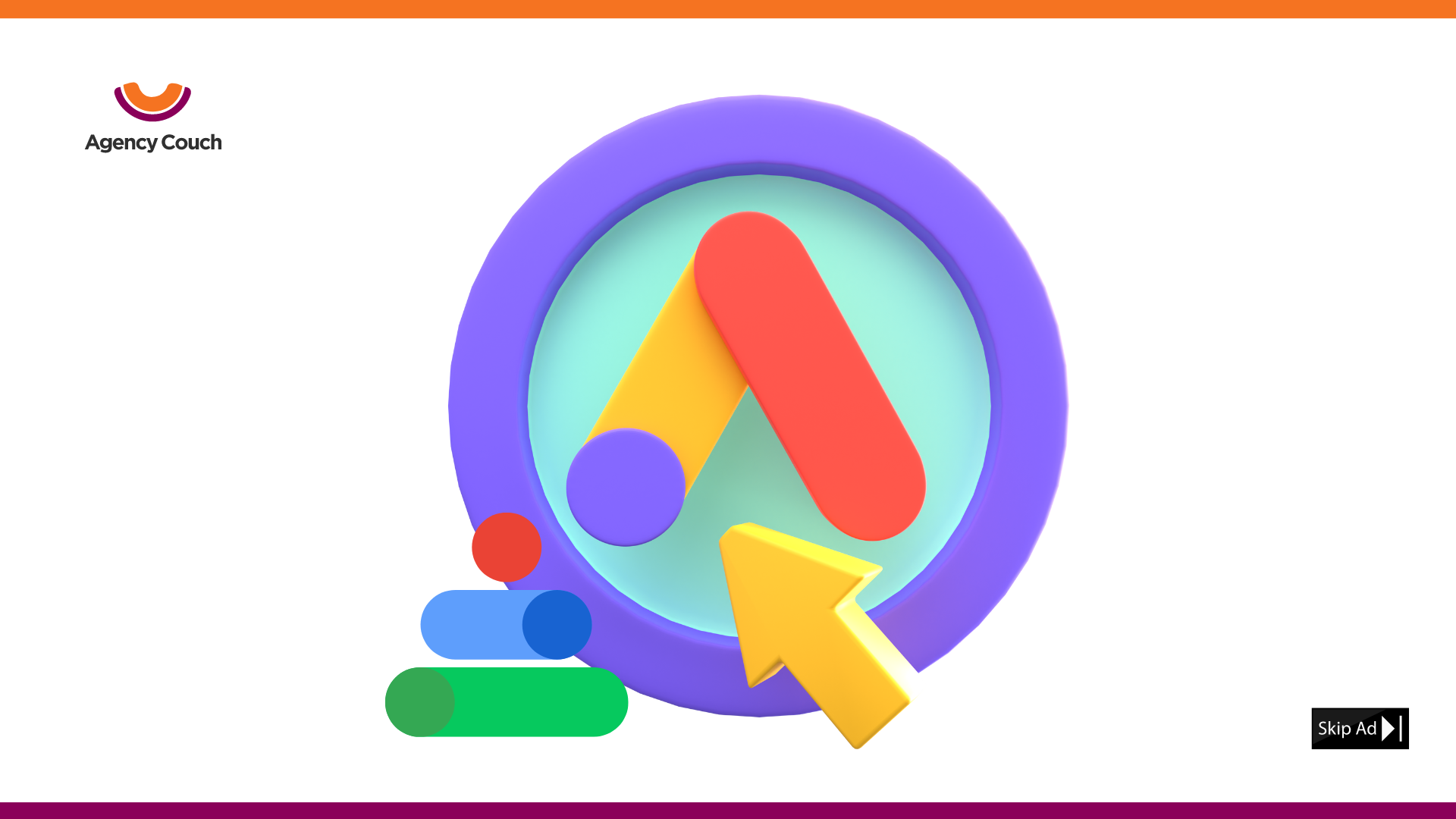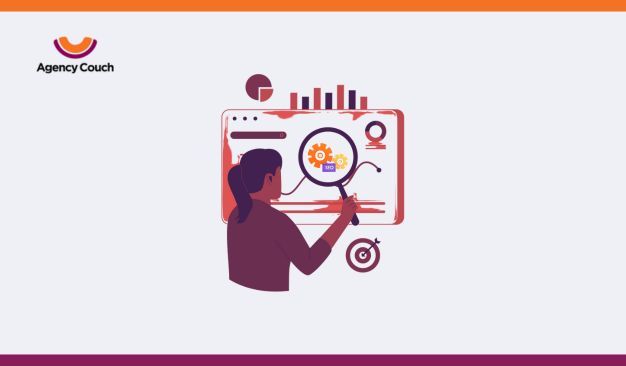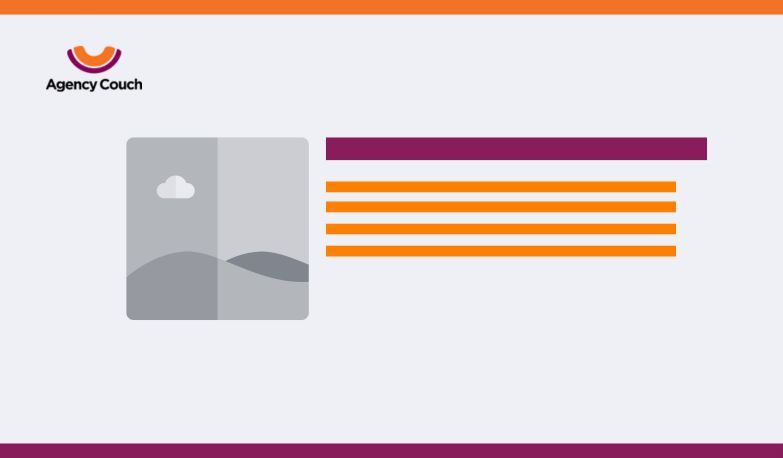Google Ads has become a vital tool for businesses looking to develop their online presence and reach a larger audience in today’s digital era. Tracking conversions is critical for measuring the efficiency of your advertising campaigns, whether you’re marketing goods, services, or just attempting to generate leads. Conversions are user activities that correspond to your business’s objectives, such as making a purchase, signing up for a newsletter, or completing a contact form. It’s critical to identify and measure the correct sorts of conversions in order to get the most out of your Google Ads campaigns. In this post, we’ll look at the five most important kinds of conversions to measure in Google Ads.
Conversions on a Website
Website conversions are one of the most prevalent and commonly utilized conversion kinds in Google Ads. They indicate the activities that consumers conduct after clicking on your ad on your website. Among these activities might be:
- Purchases: When a consumer purchases a product or service from your website.
- From Submission: Filling out a contact form, signing up for a newsletter, or asking further information are all examples of form submissions.
- Page visits: The number of pages a person visits on your site, which indicates engagement and interest.
Setting up online conversion monitoring is adding a piece of code, known as a “conversion tag,” on the appropriate pages of your website. This tag tracks when visitors do these activities, giving useful information for improving your ad campaigns.
Conversions of Phone Calls
Customers in several sectors prefer to make enquiries or purchases over the phone. Phone call conversions enable you to monitor phone calls generated by Google Ads campaigns. This is especially helpful for organizations that depend on phone interactions, such as restaurants that take reservations or service providers that schedule appointments.
Google Ads has many methods for monitoring phone call conversions, including:
- Call Extensions: These provide your phone number in your ad, making it simple for consumers to contact you.
- Call-Only Campaigns: These advertisements are particularly intended to drive phone calls and are a great option for organizations who emphasize phone calls over internet views.
You can assess the effectiveness of your advertising in producing phone-based leads by measuring phone call conversions.
App Install Conversions
Tracking app installations is critical if your business has a mobile app. This form of conversion allows you to track how many people downloaded and installed your app after seeing your ad, thus measuring your conversion rate. Understanding app installs conversion rate is very important for app developers and businesses who have mobile apps.
To monitor app installations, connect the Google Ads SDK (Software Development Kit) into your app and configure conversion actions in the Google Ads UI. This helps you to precisely track the success of your app-related marketing campaigns.
Offline or Imported Conversions
Not all conversions take place online. Some clients may respond to your advertisement online yet finish the sale or take action offline. This may be a purchase at your physical shop, a phone appointment, or any other offline engagement connected to your ad.
You’ll need to import data from your CRM (Customer Relationship Management) software into Google Ads to monitor imported or offline conversions. This allows you to link online ad interactions with offline behaviors, offering a comprehensive picture of your campaign’s effect.
Conversions on a Local Scale
Local conversions are only applicable to firms that have physical locations. A local conversion occurs when people perform actions connected to your actual place of work after engaging with your ad. These acts are common in Google goods or services, such as Google Maps. Here are some instances of local conversions:
- Clicks to Call: When a person clicks on your phone number in an ad to call you.
- Viewing a Menu: This activity displays interest in your restaurant, café, or eatery’s offerings.
Google advertisements will automatically identify local conversions for you, making it easy to measure the effect of your advertisements on in-store visitors and interactions.
Primary and Secondary Conversion
Primary Conversion: Google Ads primary conversions are the foundation of your advertising efforts. They reflect the ultimate goals you want users to achieve, and they are closely related to your company objectives. These conversions are often based on revenue and act as important performance metrics. Primary conversions take center stage when optimizing your Google Ads campaigns, influencing your choices on ad creatives, bidding methods, and audience targeting to optimize these critical actions.
Secondary Conversion: These supporting actions may not immediately result in revenue, but they are critical in understanding user intent and preferences. Secondary conversions are tracked using the same conversion tracking tools as the primary conversions, providing a comprehensive picture of user interactions. Recognizing the importance of secondary conversions helps you to properly improve your marketing. Understanding how these activities contribute to the total customer journey may help you adjust your advertising efforts in the long run, resulting in more primary conversions.
Conclusion
Finally, knowing and analyzing these five sorts of conversions in Google Ads is critical for determining the performance of your advertising efforts. The wonderful thing about working with Google Ads conversion monitoring is that you aren’t limited to just one: you can utilize two, three, or even all five forms of conversion tracking at the same time if necessary. Conversion tracking allows you to enhance the impact of your efforts while staying on top of their performance and ROI at all times.
You may adjust your strategy for better outcomes by monitoring the activities that fit with your company objectives. Google Ads delivers the tools you need to measure your campaign’s effectiveness and make educated choices to improve your online advertising efforts, whether it’s website activities, phone calls, app installations, offline conversions, or local interactions.



